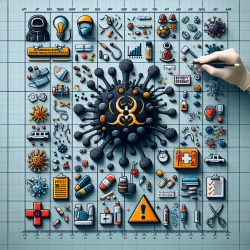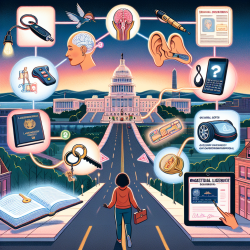Introduction
The increasing complexity of public health emergencies necessitates innovative approaches to readiness and response. The Haddon Matrix, a conceptual model traditionally used in injury prevention, offers a structured framework to dissect and manage such emergencies. This blog explores how practitioners can leverage the Haddon Matrix to enhance their public health preparedness strategies.
Understanding the Haddon Matrix
The Haddon Matrix is a grid with four columns representing different influencing factors: host, agent/vehicle, physical environment, and social environment. The rows represent the phases of an injury or event: pre-event, event, and post-event. This model facilitates a comprehensive analysis of public health threats by breaking them down into manageable components.
Application in Public Health Readiness
The application of the Haddon Matrix extends beyond injury prevention to encompass a wide range of public health emergencies, including infectious disease outbreaks and environmental disasters. By utilizing this model, public health practitioners can:
- Identify Key Factors: The matrix helps identify critical factors across different phases of an emergency, allowing for targeted interventions.
- Enhance Resource Allocation: By understanding the temporal and factor-based dimensions of an event, resources can be allocated more efficiently.
- Facilitate Interdisciplinary Collaboration: The matrix encourages collaboration across different sectors, ensuring a comprehensive response.
Case Study: SARS and Dirty Bombs
The SARS outbreak and the hypothetical dirty bomb scenario illustrate the matrix's utility. For SARS, the matrix highlights infection control measures, risk communication, and resource management. In the case of a dirty bomb, it emphasizes environmental assessment, mental health support, and legal considerations.
Implementing the Haddon Matrix in Practice
Practitioners can implement the Haddon Matrix by conducting tabletop exercises, developing targeted interventions, and evaluating readiness through after-action reports. This structured approach not only enhances preparedness but also aids in continuous improvement.
Conclusion
The Haddon Matrix offers a versatile tool for public health readiness and response. By adopting this model, practitioners can improve their preparedness strategies, ensuring more effective management of public health emergencies. For further insights, practitioners are encouraged to explore the original research paper, The Application of the Haddon Matrix to Public Health Readiness and Response Planning.










